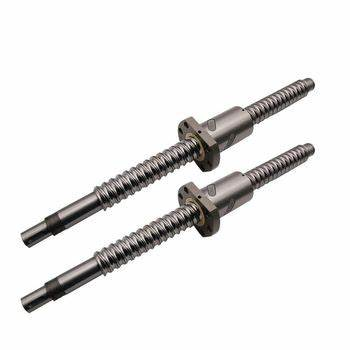
Identify the type of ball screw nut: There are two types of ball screw nuts: preloaded and non-preloaded. Preloaded ball screw nuts have a higher degree of tightness and are designed for applications that require high accuracy and repeatability. Non-preloaded ball screw nuts, on the other hand, have a lower degree of tightness and are used for applications that require lower precision.
Use a torque wrench: The tightness of the ball screw nut should be adjusted using a torque wrench. The recommended torque value can be found in the manufacturer's specifications.
Check the backlash: Backlash refers to the amount of play between the ball screw nut and the ball screw shaft. If the ball screw nut is too loose, it can cause excessive backlash and affect the accuracy of the linear motion system. Conversely, if the ball screw nut is too tight, it can cause the ball bearings to wear out prematurely. To check the backlash, move the ball screw nut back and forth along the ball screw shaft. If there is excessive play, adjust the tightness accordingly.
Test the system: After adjusting the tightness of the ball screw nut, test the system to ensure that it is functioning properly. Check for any abnormal noise or vibrations and make any necessary adjustments.
In summary, adjusting the tightness of the ball screw nut is an important part of maintaining the accuracy and precision of a linear motion system. By following the above tips, you can ensure that your ball screw nut is tightened to the correct degree, and your linear motion system is operating at optimal performance.


 +8615622924499
+8615622924499
 +8615622924499
+8615622924499

